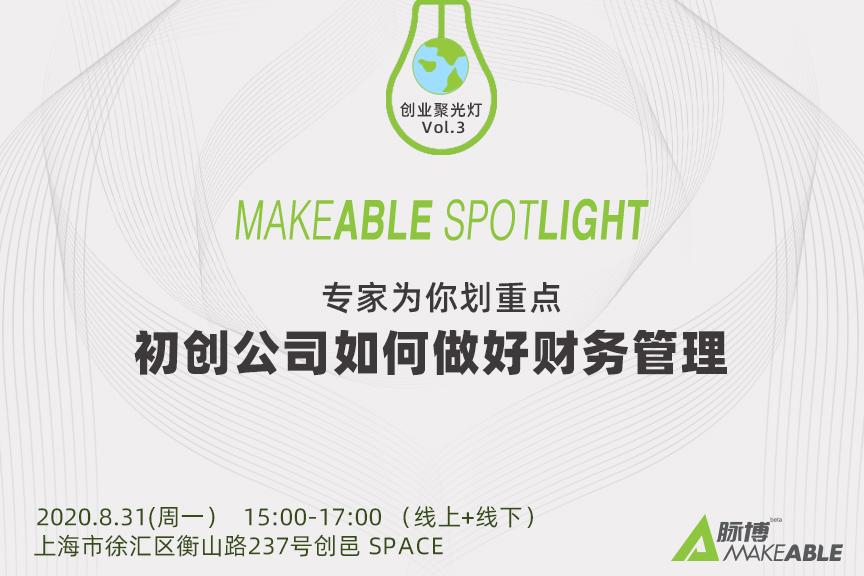创业聚光灯 Vol.3:专家为你划重点,初创公司如何做好财务管理

专家为你划重点,初创公司如何做好财务管理
深度报告 | SDGs 视角下的创新创业机遇: 女性经济

可持续发展目标(SDGs, Sustainable Development Goals),是联合国在2015年 […]
TECH+TREND | Have you heard of these Circular Economy applications?

What can we do for “build back better” ?
TECH + TREND | 你听说过这些循环经济的多维应用吗?

疫情过后,我们如何进行“更好地重建”?